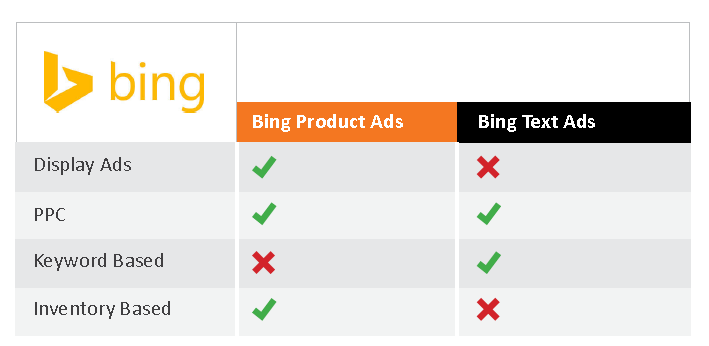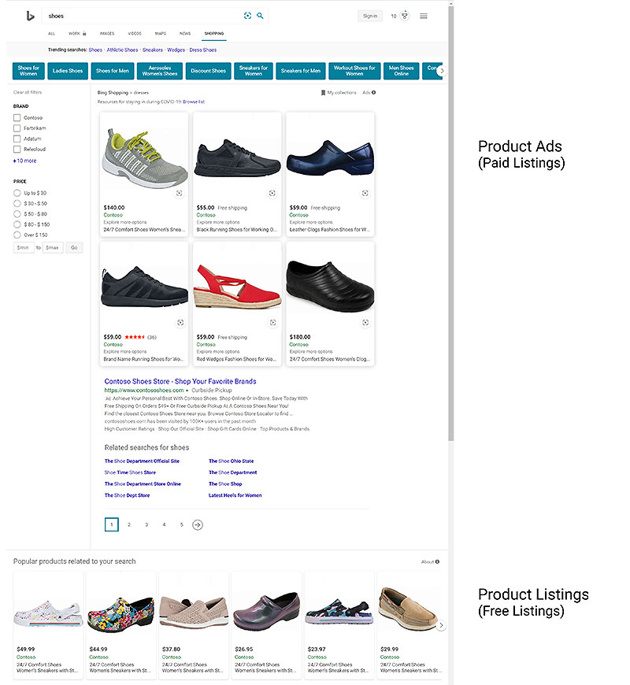
Best Practices for Bing Product Ads
Today, we’re discussing Bing Best Practices. If you aren’t yet looking at using Bing Product Ads for your store, we recommend giving it a go. Bing has around 30% of the market share for all searches and has partnered with Yahoo to gain over 117 million clicks every month.
There is a significant missed opportunity to be had by using Bing Product Ads. However, the real challenge is knowing how to leverage Bing for success.

Our List of Best Practices for Bing Product Ads
Here’s a list of our top 6 best practices for Bing Ads that you should know:
Import your Google Product Listing Ads (PLAS)
We’ve got good news for you if you’re already using Google Product Listing Ads or PLAs. Bing allows you to import your existing Google PLA campaigns into your Bing Ads account. If you are already using a Google feed, you can import this into the Bing Merchant Center.
Once you’ve imported your feed, you’ll be able to start creating new Bing campaigns. If you use ShoppingFeeder for this process, this will become even simpler because we can help you with setup and optimizing your data to ensure you reach more people.
Create a custom campaign for Bing Product Ads.
When using Bing, it’s essential to separate your Product Ads from Text Ads. Remember that your product and text ads will essentially be competing against each other for traffic. In making this separation, you will be able to look at individual performance statistics for each ad type.
This split helps you make budget-related decisions regarding your ads and help you adjust your campaigns for a better ROI.

Understand how to group your products.
Did you know that you can improve your ad performance by grouping products according to specific characteristics? Some of these characteristics include brand, product type and particular categories.
For example, if you are involved in selling bath and products, you may group items, such as shampoo, soap, and face wash.
Use specific terms for your product targets.
You will need to be very specific when setting product targets. For example, when listing a brand name, you will need to create two targets: one for each gender of product. Other specific settings may include size, colour and material.
Don’t make the mistake of being too general, or you could miss out on lots of clicks to your ads.
Be specific when you target your potential customers.
You may want to target specific customers in a particular region for your products. If so, you really should make the most of Bing’s location targeting features.
You can leverage advanced targeting options and other ad-group settings that align with your ad campaign objectives.

Track performance and optimize.
To see how well you’re performing, you must assess your ads and make changes accordingly. Bing makes tracking easy by letting users apply Product Target URLs for dynamic tracking. Besides, you will need to regularly create product target reports, search query performance reports, and offer-level reporting.
Summary
There are many actions you can take to comply with Bing Ads best practices. Some of the main steps involve importing your Google Product Listing Ads, creating custom campaigns, grouping products, using specific terms for products, targeting specific customers and tracking your performance.
We hope these best practices will help you start strong with Bing Product Ads.




